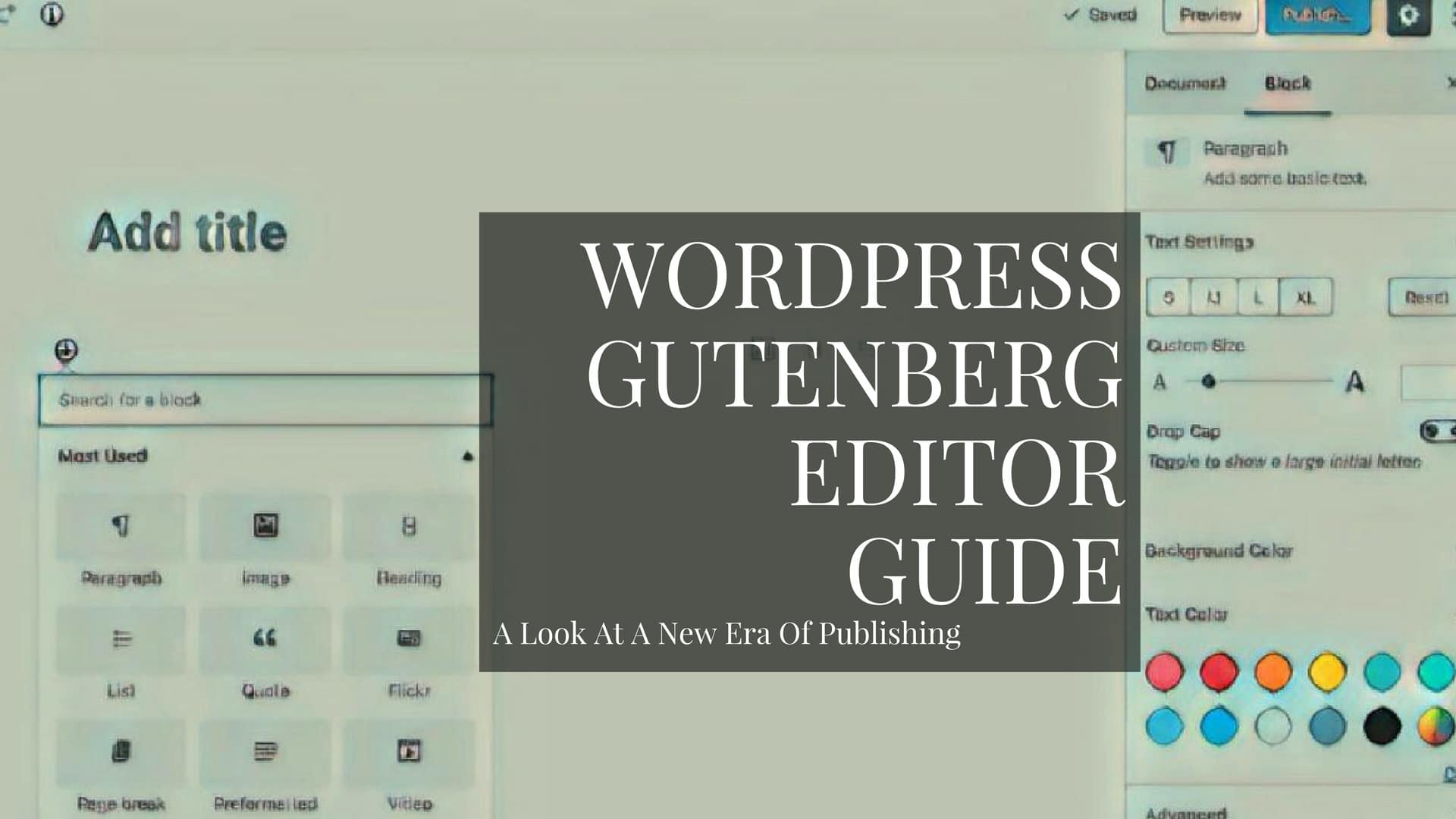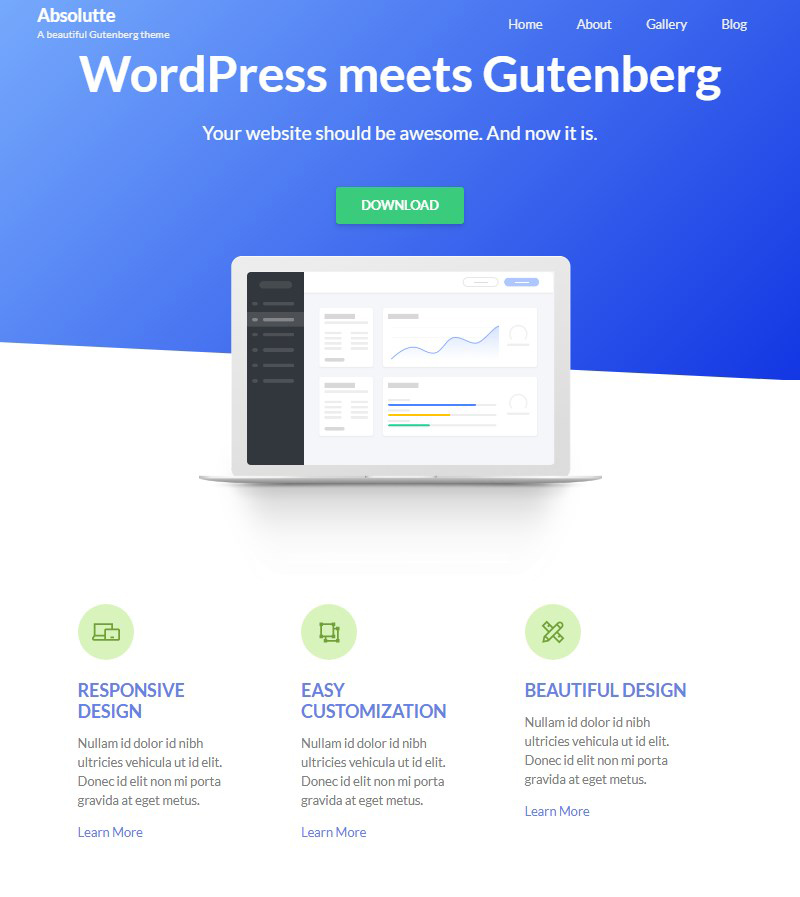
#Wordpress gutenberg license
For a long while it was the case that getting an easy to use content management system that focused on content – and that put the power in the hands of a marketer – was reserved for those willing to pay a hefty license fee and spend a long time on developing a platform to get there. This is very much like closing the gap between website platforms such as Sitecore or Adobe Experience Manager and WordPress. The masses had access to a printed version that they could finally read for themselves. No longer was the Bible, written for everyone, in the hands of just the priests, open to interpretation to the masses. In other words, to ‘democratise publishing’.Įverything about Gutenberg’s printing press stands for freedom. Whilst it’s not as extreme as putting their lives on the line, the philosophy of WordPress’ Gutenberg editor is similar – to put content creation into the hands of the masses, not reserved for the marketing elite. Gutenberg wasn’t standing for this, he believed in something bigger, something accessible and was willing to put his life on the line to make it happen. At the time only priests had access to read the bible to their congregations and were interpreting it as they wished, some in a way that manipulated their congregations. He was driven by a passion to distribute the bible to the world, to those who didn’t have access to it. Go back to around 1450 and a clever, risky chap called Johannes Gensfleisch zur Laden zum Gutenberg created the world’s first printing press in Germany. Where pages used to be static, Gutenberg brings a new era and level of flexibility. It works on the principle of multiple blocks across multiple pages and puts the choice of what to use and where in the hands of the website owner. Most importantly, Gutenberg is flexible content editor. Today you’ll find it as part of a default WordPress installation and has become the platform’s default editor technology. Originally it was released as a plugin, something that could be added to WordPress to enhance the editing experience. It allows you to add, edit, re-order and remove blocks across different pages and posts on your website. You may have already heard about the new editor for WordPress, Gutenberg is the revolutionary new page editor that replaces the classic block of text that was found in every back-end page in the software.Īlso known as the post edit screen, Gutenberg is the new content creation and editing experience in the back-end of the WordPress platform.

So it was time for a change and the great community of developers and designers who maintain the WordPress platform carved out time and tears to create a new editor, an editor known as Gutenberg. For example, without any coding skills it was difficult to even add an image next to a block of text without messing everything up! They used everything from static page sections of pre-designed content (like Advanced Custom Fields) through to drag-and-drop page builder tools (like Beaver Builder).ĭespite all of the advancements from individuals and brands across the world, the core version of WordPress, the thing you got when you first installed it, was still pretty poor.

#Wordpress gutenberg update
Agencies and developers across the world came up with new and pretty innovate ways to give website admins a way to update content without using the default edit screen. Before this, the default edit screen for creating posts and pages in WordPress was pretty outdated. Gutenberg was released as part of WordPress 5.0 in December 2018. It promotes freedom over your content, to be able to create and edit more than you’ve ever been able to before. Gutenberg is the simply brilliant editor in WordPress.


 0 kommentar(er)
0 kommentar(er)
